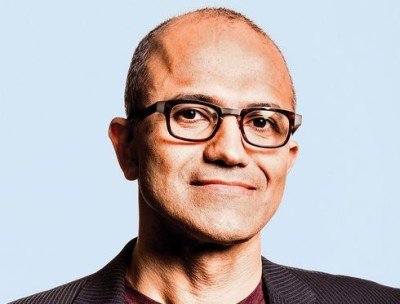Microsoft has finally begun to let go of its ‘strategy tax,’ with the change of guard at the highest executive position. Satya Nadella ascent to the top has politely begun to rewrite much of the syntax of the Redmond-based, Windows Operating System bound software company. However, there are changes happening from within reveal those close to the organization.

For long Microsoft Corporation had been bound by an unexplainable law that every innovation had to relate to the development and further strengthening of the flagship Windows Operating System. Many called this the ‘Strategy Tax.’
This remained true, as long as founder Bill Gates remained at the helm and this spilled over when Steve Ballmer took over in 2000. Microsoft’s newest CEO’s apathy towards the ‘strategy tax’ is now well documented. Instead his policy thrust for growth of the company has been to ‘build stuff that people like.’
One of the first changes that Nadella brought in is the move to offer the company’s most popular office suite, Microsoft Office for mobile phones. This has meant that the product has to be scaled to run on iOS platforms, Android platforms besides Windows Phones.
The move to offer Microsoft products for different platforms would have been sacrilege a few decades ago. However, the changes made by Nadella have already reaped a few benefits for the now 40-year old company.
Nadella’s vision
Nadella has spelled his vision and shared it with his employees through various internal mails and newsletters. Nadella claims that the company will move fast to be an all-platform giant and shed its Windows-only image. The move for Microsoft in the next few decades is to emerge as an agile giant with data centers across the globe, with the capability to support range of online services for enterprises as well as retail use.
wow, such a short article ?